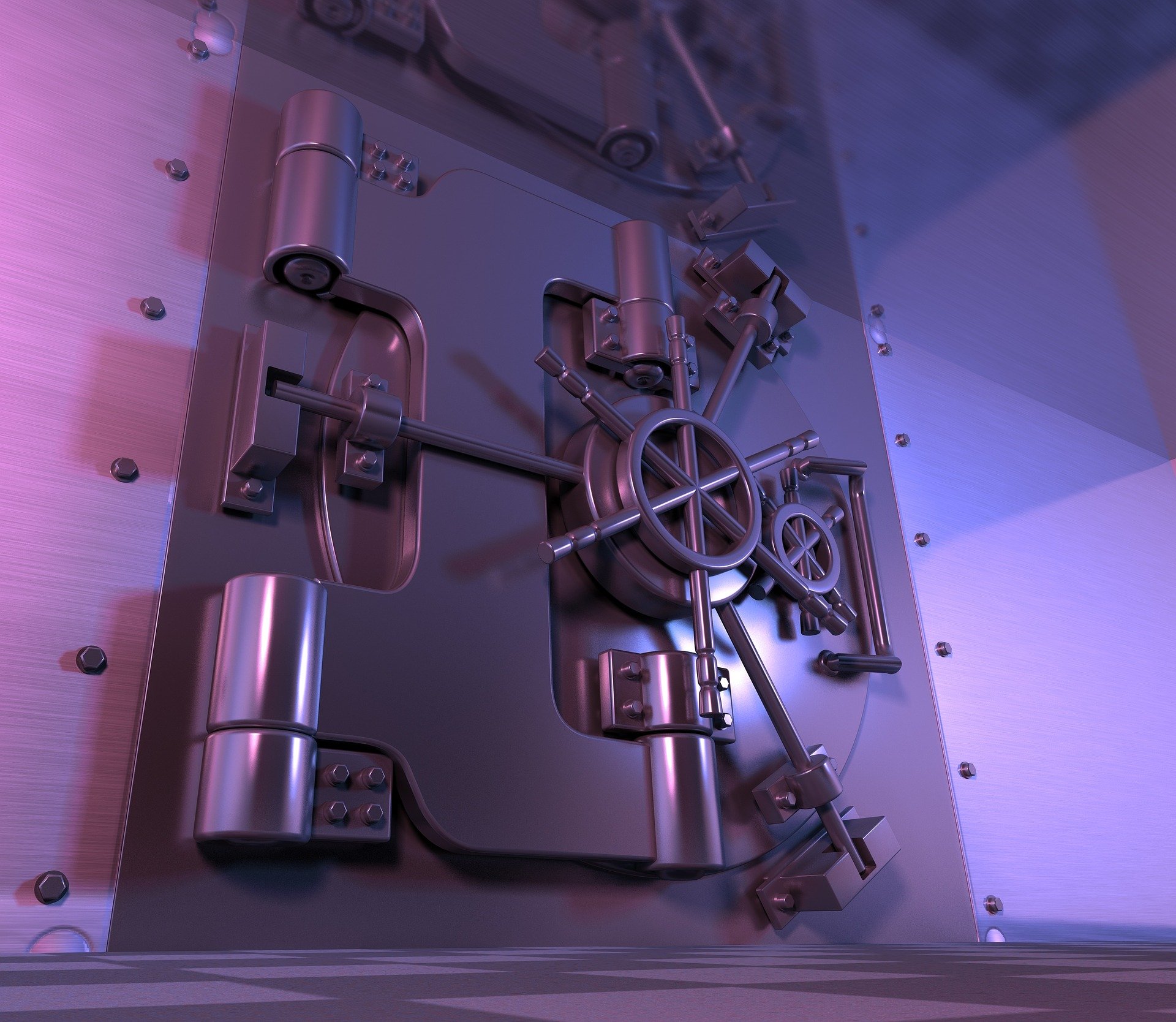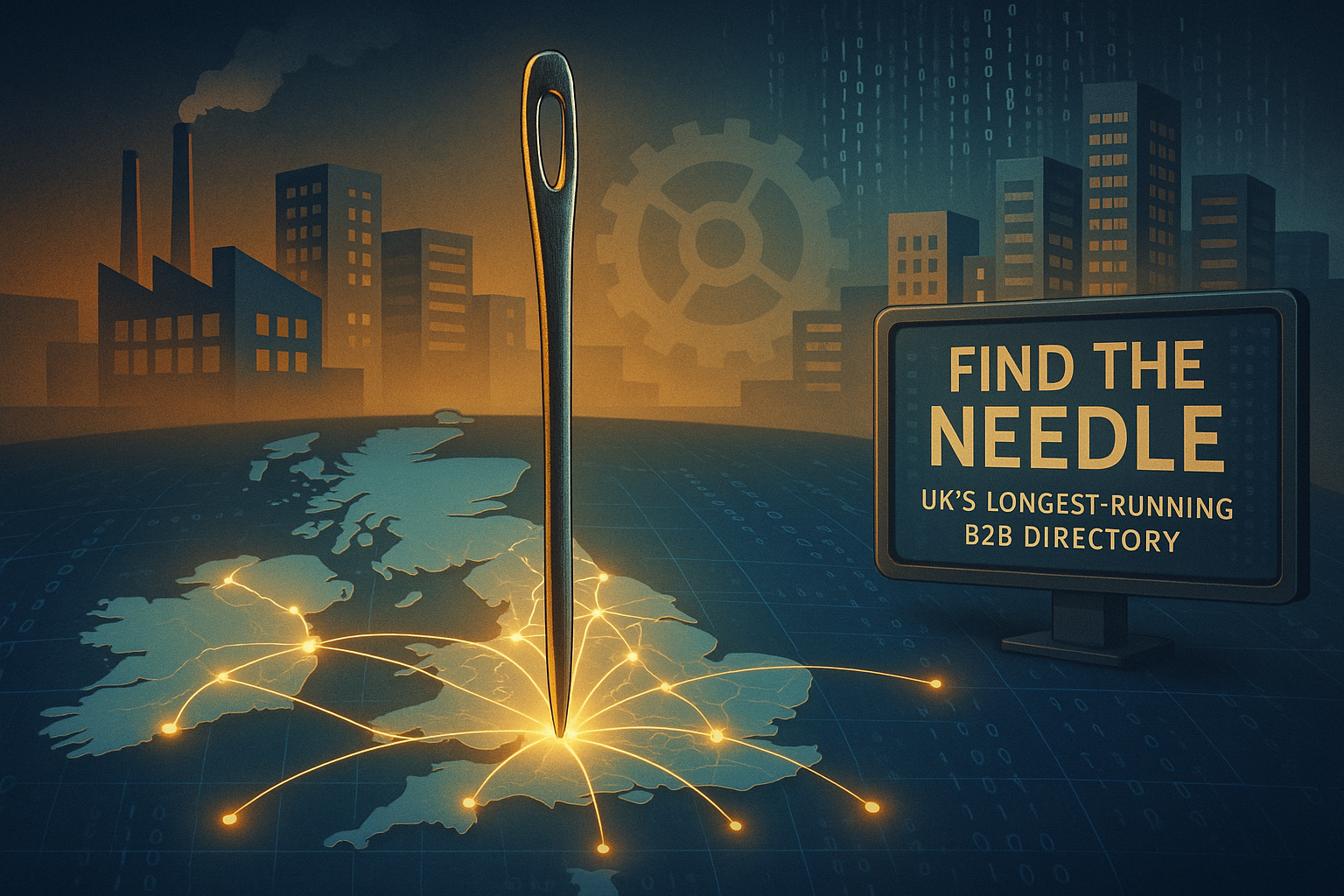What Is A Gantt Chart In Project Management? A Beginner's Guide
- 01 Nov 2024
- Articles
Managing projects can feel like a juggling act, primarily when overseeing multiple tasks, deadlines, and team members. For project managers and teams, having a clear visual timeline is crucial, and this is where a Gantt chart comes in. This project management tool has become essential for organizing tasks, tracking progress, and keeping everyone aligned from start to finish.

Continue reading to learn more about the Gantt chart and its role in project management.
What Is a Gantt Chart?
A Gantt chart displays project tasks on a timeline, showing how they relate to each other. Henry Gantt, an American mechanical engineer, created this project management chart in the early 1900s. It helps visualize the order and length of tasks, making it more straightforward for project managers and teams to grasp the entire project scope. Each task or phase is represented as a bar, and the bar's length shows how long the task will take. The chart usually displays both the start and end dates.
Building a Gantt Chart: Start with a Template
For beginners, using a Gantt chart timeline template can make the setup process easy. With a template, project managers can customize and adjust timelines quickly, saving time on initial setup. A lot of Gantt chart tools come with prepared, customizable templates that you can use for your specific projects, whether it's about managing resources, tracking task dependencies, or hitting project milestones. This organized way of setting up a Gantt chart helps you craft a project schedule that meets your team's needs and project goals right from the start.
The Role of a Gantt Chart in Project Management
Using a Gantt chart can significantly enhance a project's success. It's particularly effective in agile project management, where flexibility and real-time updates are essential. Here are some top benefits of implementing a Gantt chart in project planning:
1. Enhanced Project Visualization
The Gantt chart provides a clear visual overview of the whole project, making it easy for teams to quickly understand the order of tasks. This bird's-eye view is invaluable for portfolio management and project scheduling, particularly for software development or other complex projects with multiple tasks and dependencies.
2. Clear Project Timeline and Task Dependencies
By outlining each task along a visual timeline, Gantt charts help identify task dependencies, start and end dates, and critical paths. This feature is essential for project managers to track project progress and meet deadlines.
3. Improved Communication and Collaboration
Gantt charts serve as a project communication tool, providing transparency across the team. Everyone involved—project managers, team members, and stakeholders—can see the current status, understand their responsibilities, and track real-time progress.
Overall, a Gantt chart not only enhances project visibility but also strengthens team collaboration and ensures project goals are met efficiently.

Choosing the Best Gantt Chart Tool for Your Project
Various Gantt chart tools are available, each catering to different project management needs. Some are part of comprehensive project management software, while others are standalone applications focused solely on Gantt charts. Here’s a quick look at a few popular options:
- Online Gantt Chart Software: Cloud-based tools allow for easy collaboration and real-time updates, essential for remote teams. Examples include tools that offer robust features like resource management, project tracking, and timeline adjustments.
- Advanced Gantt Chart Software: For larger teams or more complex projects, advanced Gantt chart tools offer functionalities like critical path analysis, task dependencies, and milestone tracking. Such software is ideal for project managers handling portfolios or those needing advanced project tracking capabilities.
- Gantt Chart Timeline and Project Scheduling Tool: Basic project management tools often include Gantt charts that help small teams or simpler projects keep track of deadlines, project tasks, and project progress.
Using the best Gantt chart tool ensures smoother project execution and better alignment with the project’s needs.
Critical Components of a Gantt Chart
A basic Gantt chart includes essential elements that facilitate effective project management. Here's a breakdown of each component:
- Task List: All project tasks are listed, often alongside a project plan or work breakdown structure, to establish a clear order and priority.
- Timeline: The timeline stretches horizontally and is often divided by days, weeks, or months, depending on the project's length.
- Bars (Horizontal Bars): Each task is represented by a bar whose start and end dates dictate its position along the timeline. The length of the bar shows the task's duration.
- Milestones: Markers or symbols on the timeline indicate significant project milestones or deadlines, helping teams focus on critical dates.
- Dependencies: Task dependencies link tasks that rely on each other, emphasizing the project's critical path and ensuring efficient workflow.
These components form a roadmap, guiding teams through the project workflow from start to project completion.
Best Practices for Using a Gantt Chart
To get the most out of your Gantt chart, keep these best practices in mind:
1. Define Clear Objectives and Scope
Identify critical objectives and the project scope at the project's outset to set realistic expectations and timelines.
2. Break Down Tasks
Divide the project into smaller tasks to make it easier to keep track of everything and help the team stay on the same page.
3. Update Regularly
As tasks progress, update the Gantt chart timeline to reflect changes, giving everyone a current view of the project status.
4. Use Task Dependencies Wisely
Assign task dependencies carefully to keep a balanced project flow and avoid bottlenecks.
5. Engage Team Members
Encourage team members to refer to the Gantt chart regularly for task updates and project collaboration.
Through these best practices, you can maximize the effectiveness of your Gantt chart, keeping your project on track and your team aligned every step of the way.
Conclusion
Using a Gantt chart will be truly helpful for managing projects, making it easier to plan, schedule, and carry out tasks. By visualizing project tasks and timelines, Gantt charts empower project managers to streamline workflows, manage resources, and track project progress effectively. Using your Gantt chart tool for team collaboration or a more advanced one for in-depth scheduling can really help when it comes to handling complex projects and hitting your project targets. A well-organized Gantt chart can make a significant impact.








